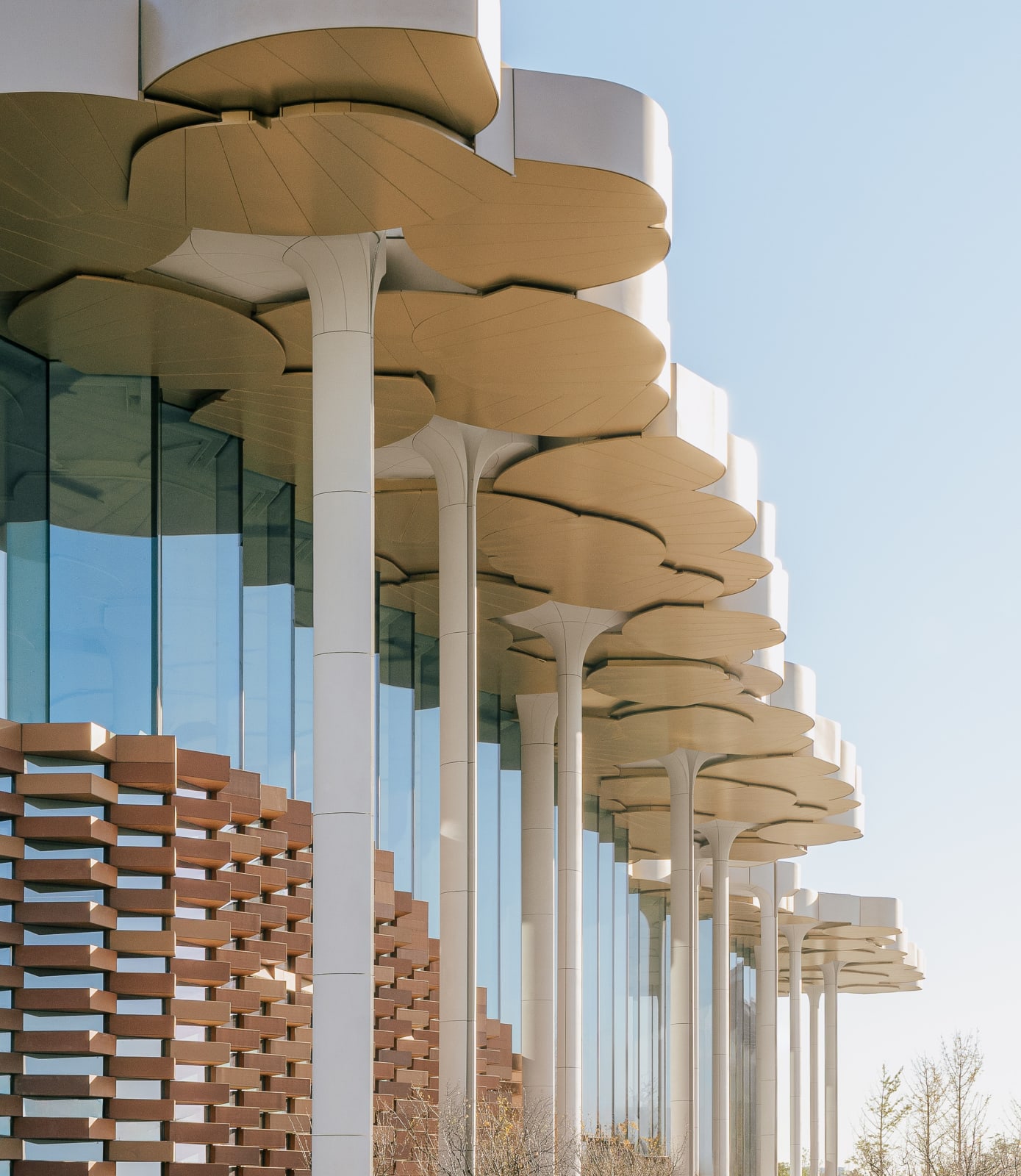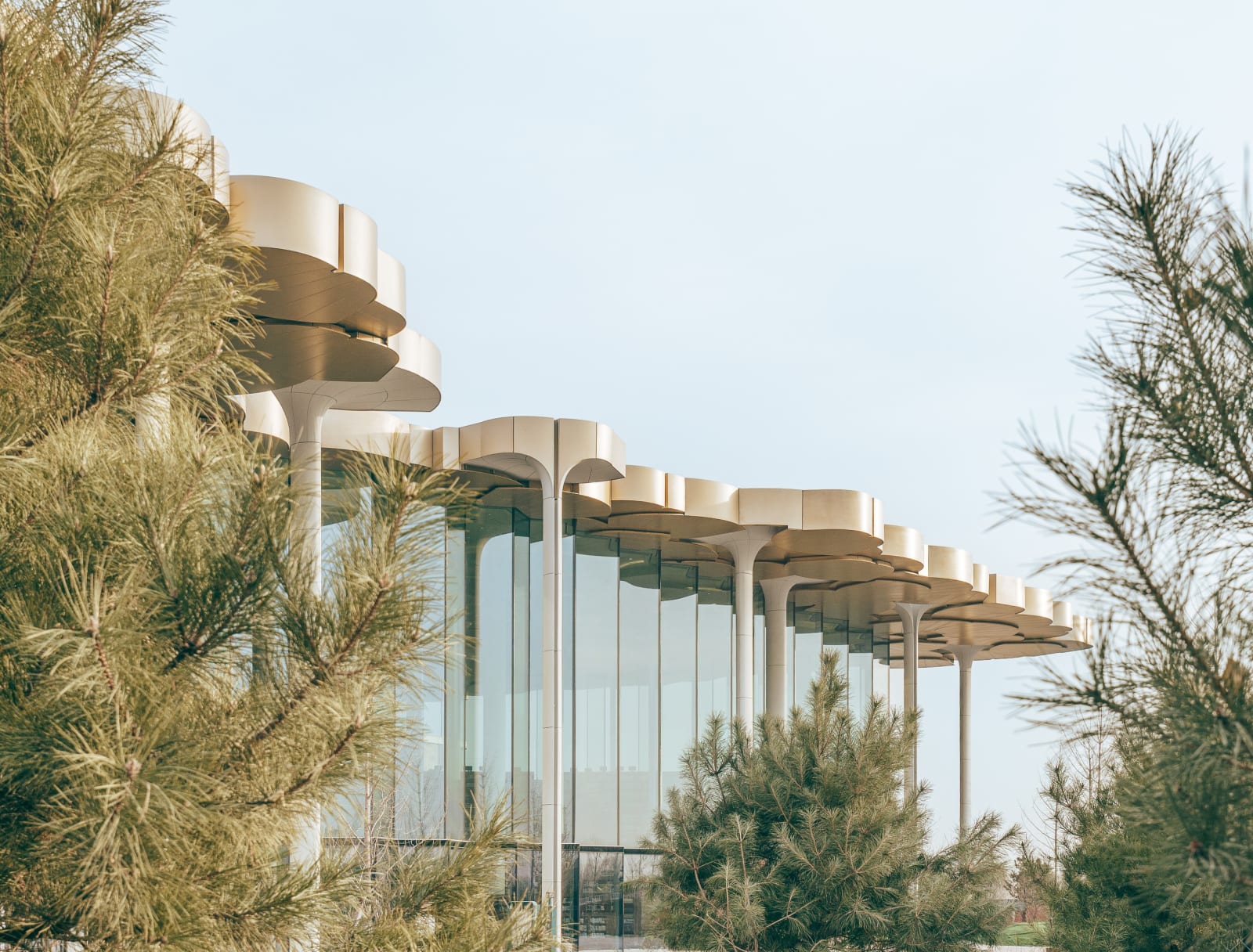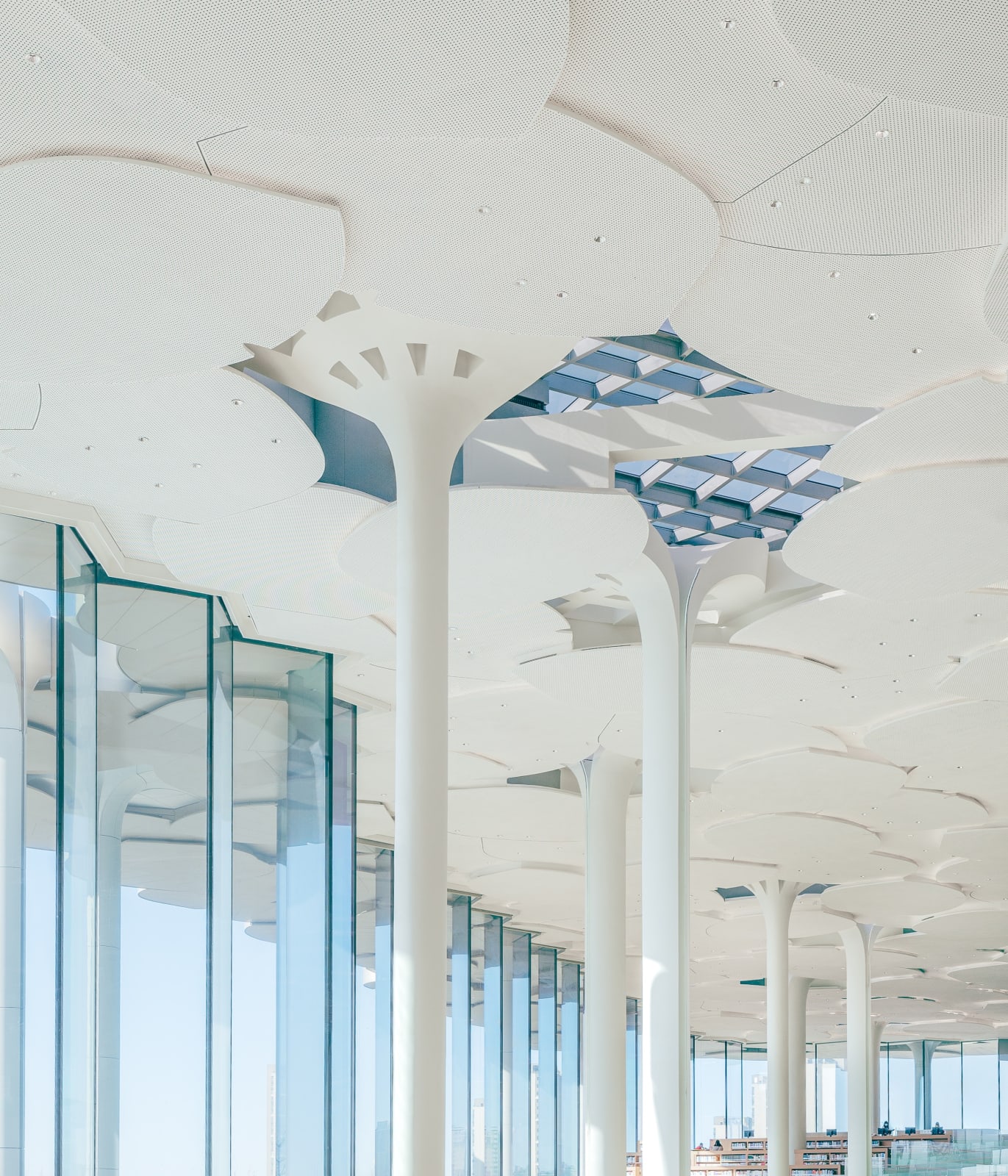-
Artworks










Beijing Library / The Mainland
Snøhetta / NorwayFurther images
-
(View a larger image of thumbnail 1
)

-
(View a larger image of thumbnail 2
)
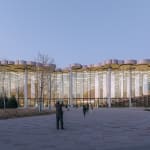
-
(View a larger image of thumbnail 3
)

-
(View a larger image of thumbnail 4
)

-
(View a larger image of thumbnail 5
)

-
(View a larger image of thumbnail 6
)
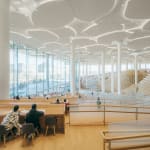
-
(View a larger image of thumbnail 7
)

-
(View a larger image of thumbnail 8
)

-
(View a larger image of thumbnail 9
)

-
(View a larger image of thumbnail 10
)

DFA Design for Asia Awards 2024 l Grand Award
A NEW VISION
A decade ago, libraries were thought to be a disappearing typology, as the digital age transformed how we access information. However, the Beijing Library has redefined this notion with a bold new vision for how libraries can serve communities in the 21st century. Nestled in Beijing’s sub-centre, this architectural marvel is home to the world’s largest climatised reading space and China’s most expansive load-bearing glass system, merging cutting-edge technology with an immersive connection to nature.
Organic Forms
At the heart of the library is its central forum, a sweeping, 16-metre-tall open space that functions as a welcoming public area. This connects various zones in the library and is surrounded by terraced hills that curve rhythmically, creating a sculpted landscape inside the building. The terraces not only serve as seating and shelving, but also foster an informal, organic reading environment that encourages interaction. Semi-private reading areas are embedded into the hills, offering a balance of openness and privacy, while book stacks and table seating rest on the long, flat surfaces above. This design evokes a natural flow that mirrors the nearby Tonghui River, further blurring the boundary between nature and architecture.
The towering, ginkgo leaf-shaped columns that punctuate the library contribute to the building’s organic feel. These slender columns expand into flat, overlapping panels that resemble a canopy of leaves, allowing natural light to filter into the space. The interplay between architecture and nature creates an atmosphere that is both calming and energising, allowing visitors to immerse themselves in the world of books while feeling connected to the surrounding landscape.
Nature-friendly
Sustainability was a guiding principle of the design. Generous roof overhangs reduce solar gain on the glass facades, maintaining the aesthetic integrity of the building while ensuring energy efficiency. Combined with advanced climate control systems, rainwater harvesting and integrated photovoltaic elements, the design not only enhances the visitor experience but also aligns with China’s highest sustainability standards, setting a new benchmark for environmentally responsible public spaces. -
(View a larger image of thumbnail 1
)


